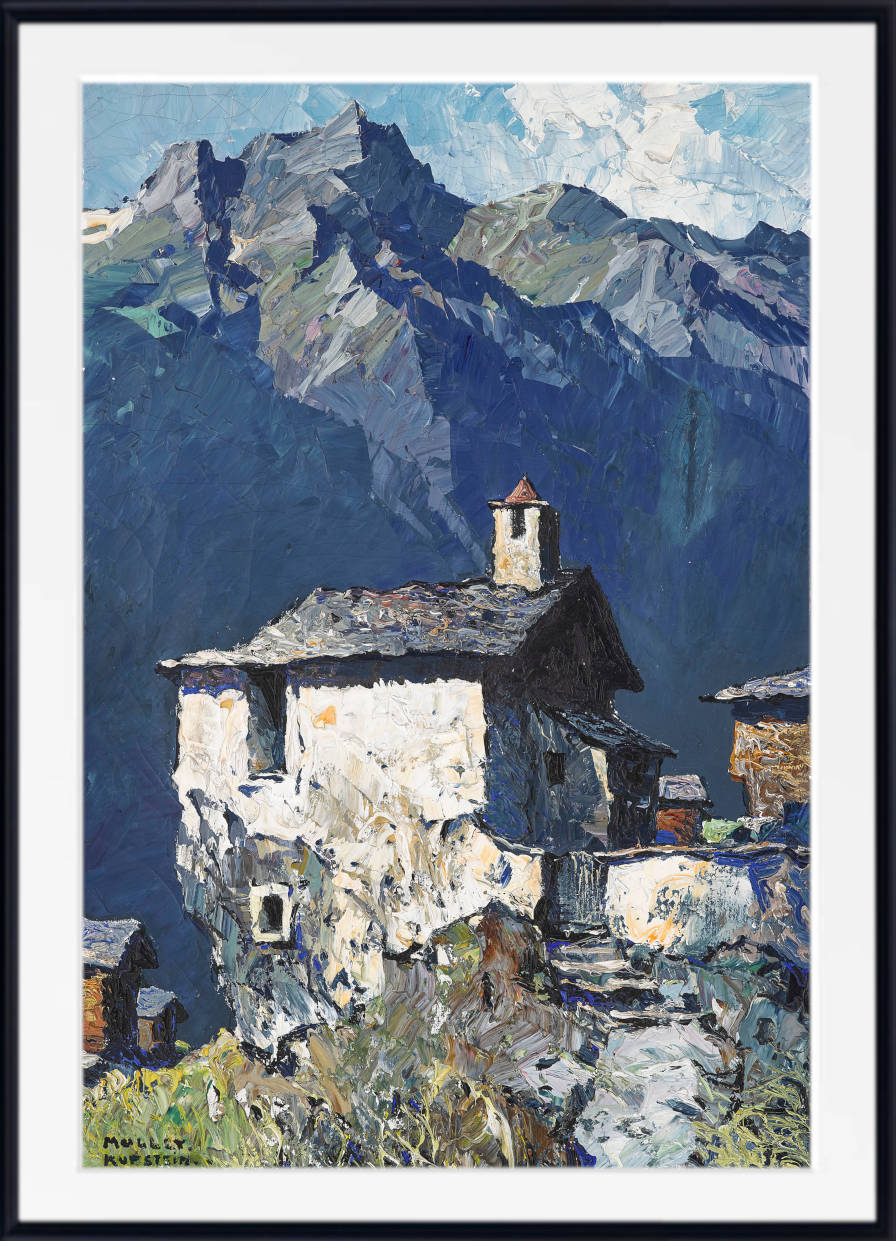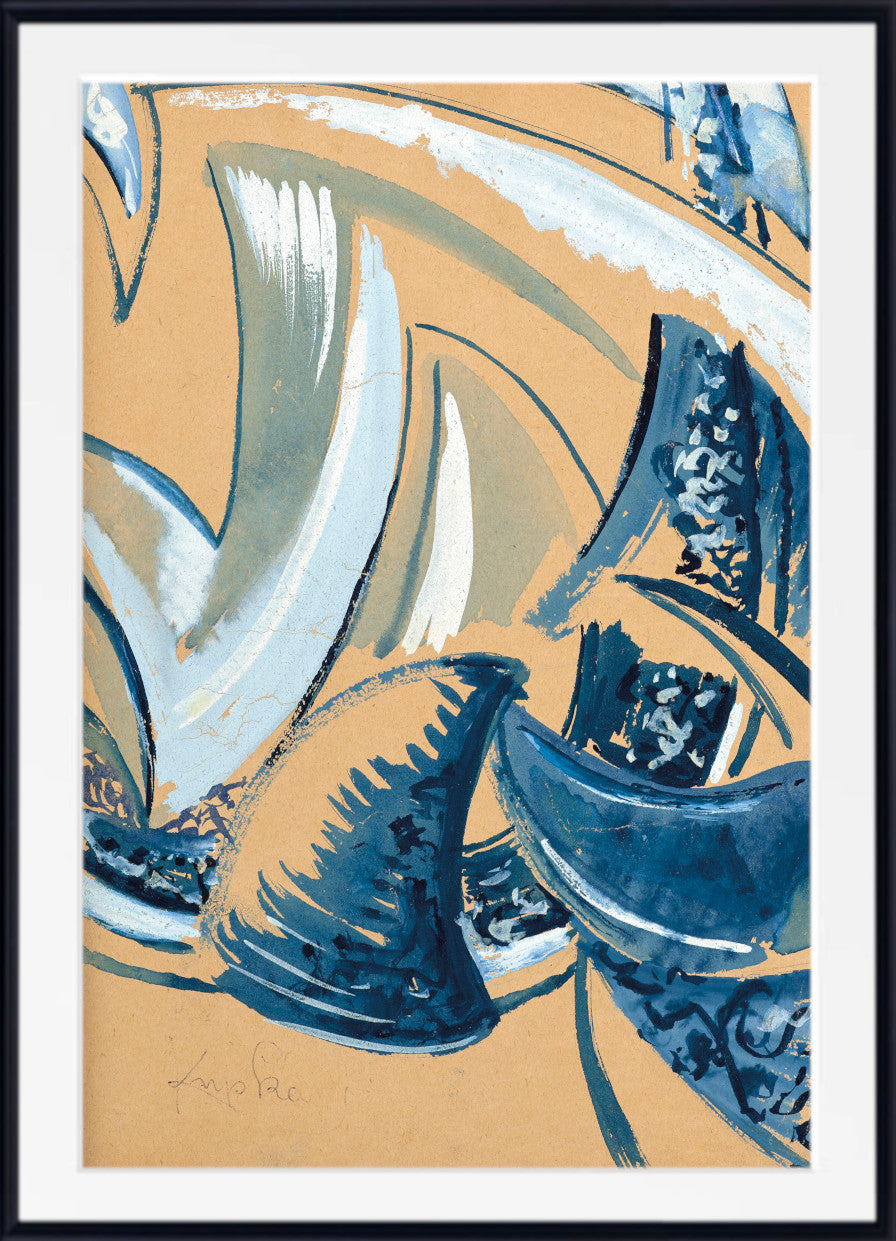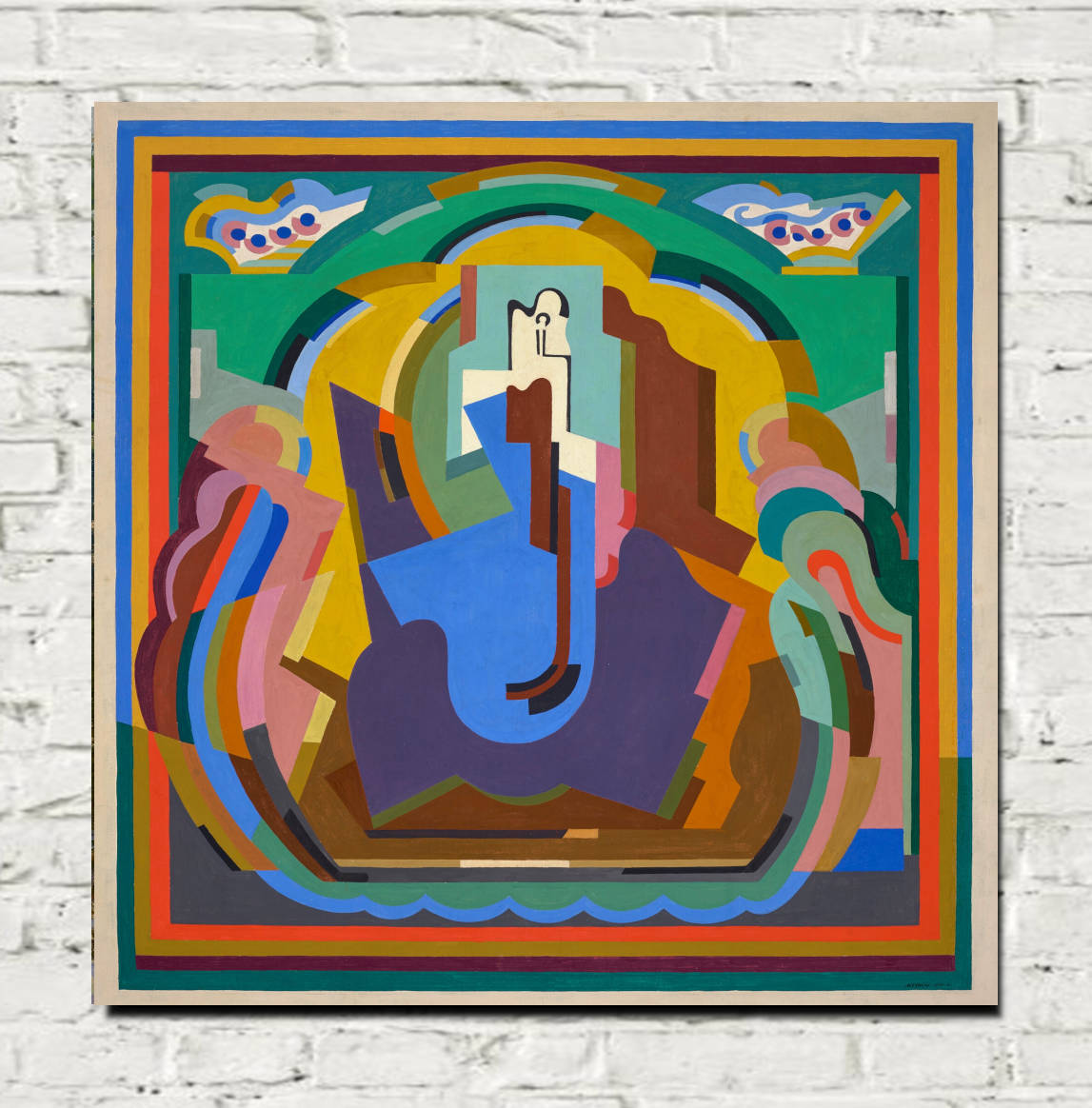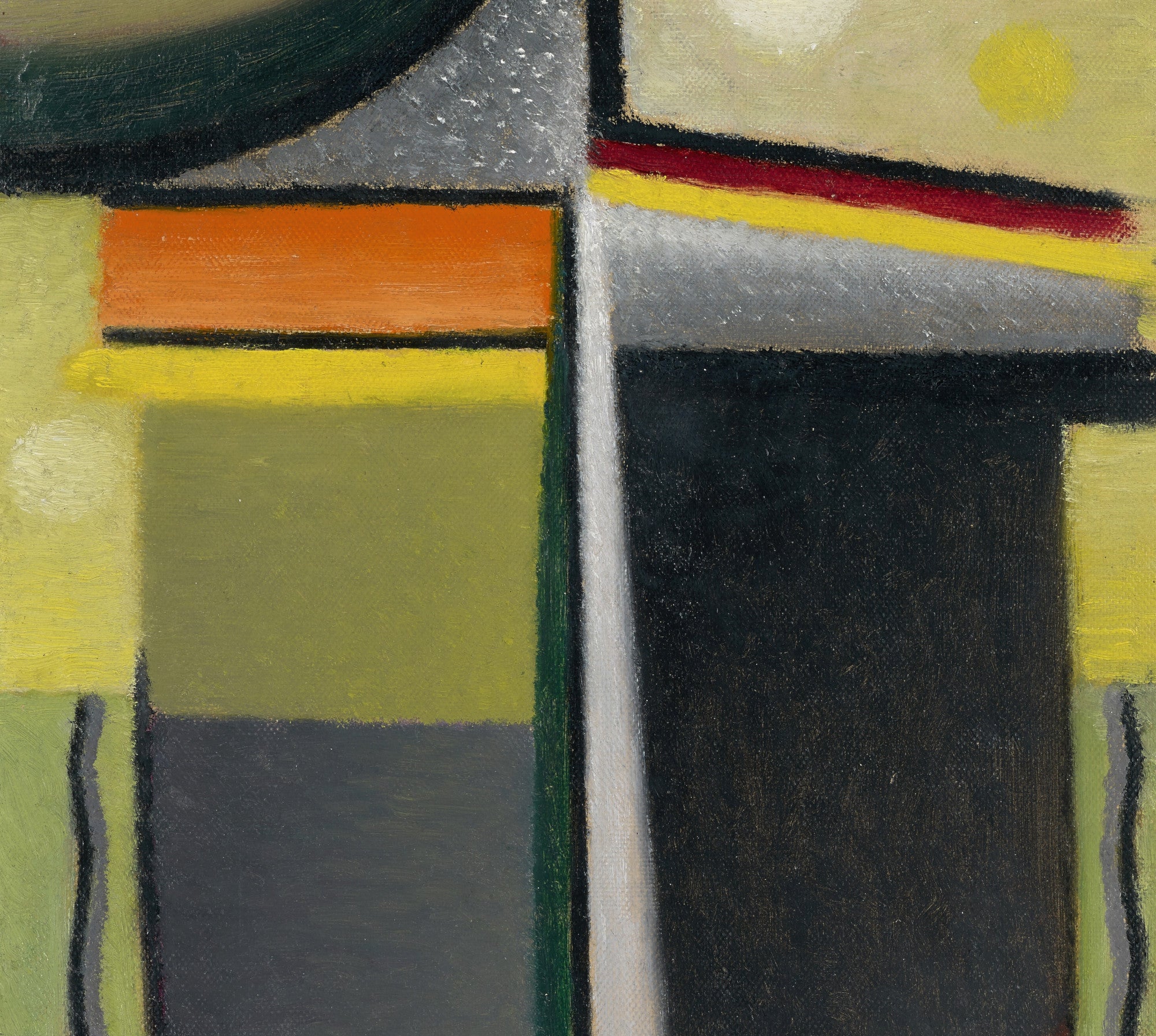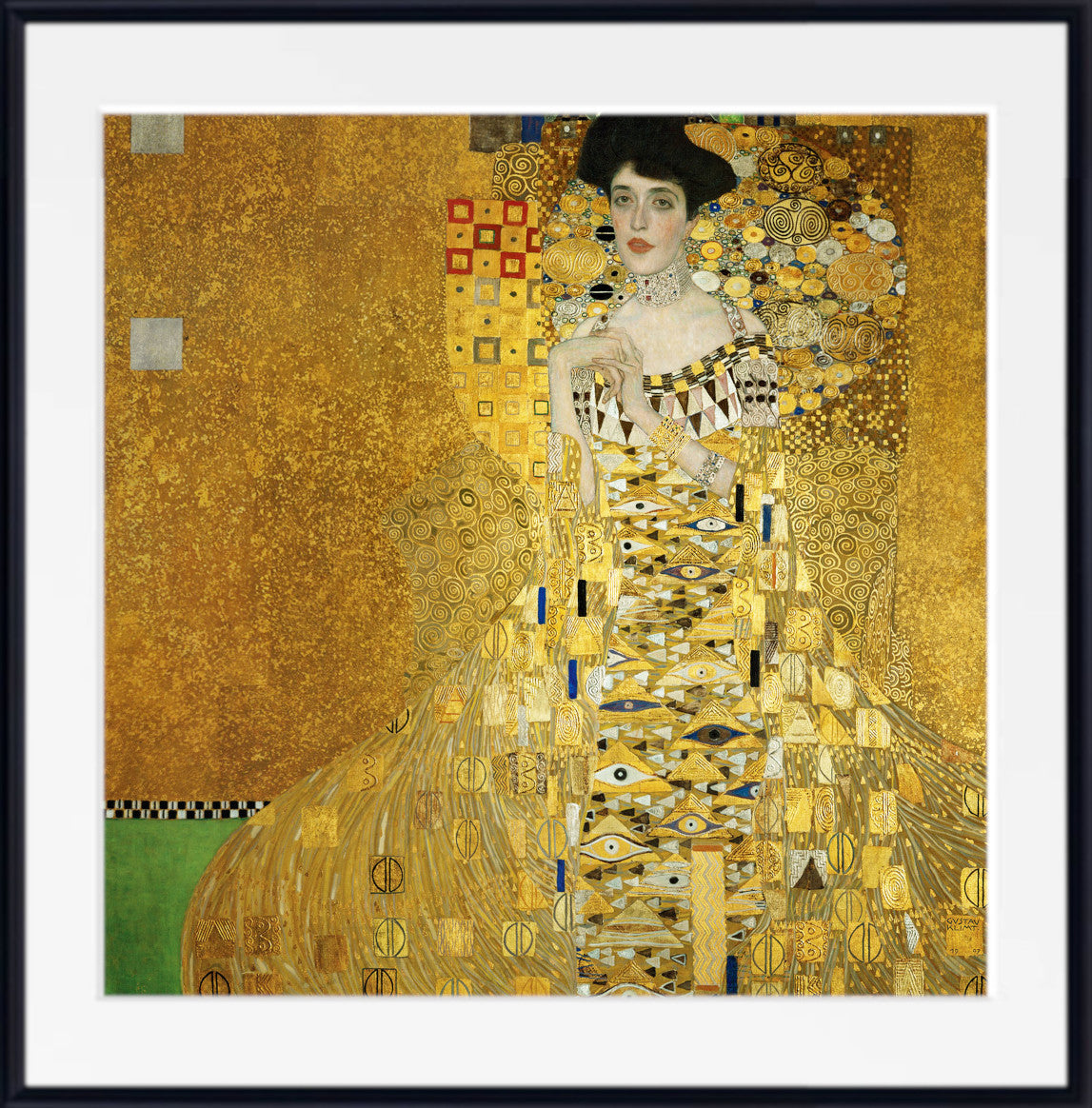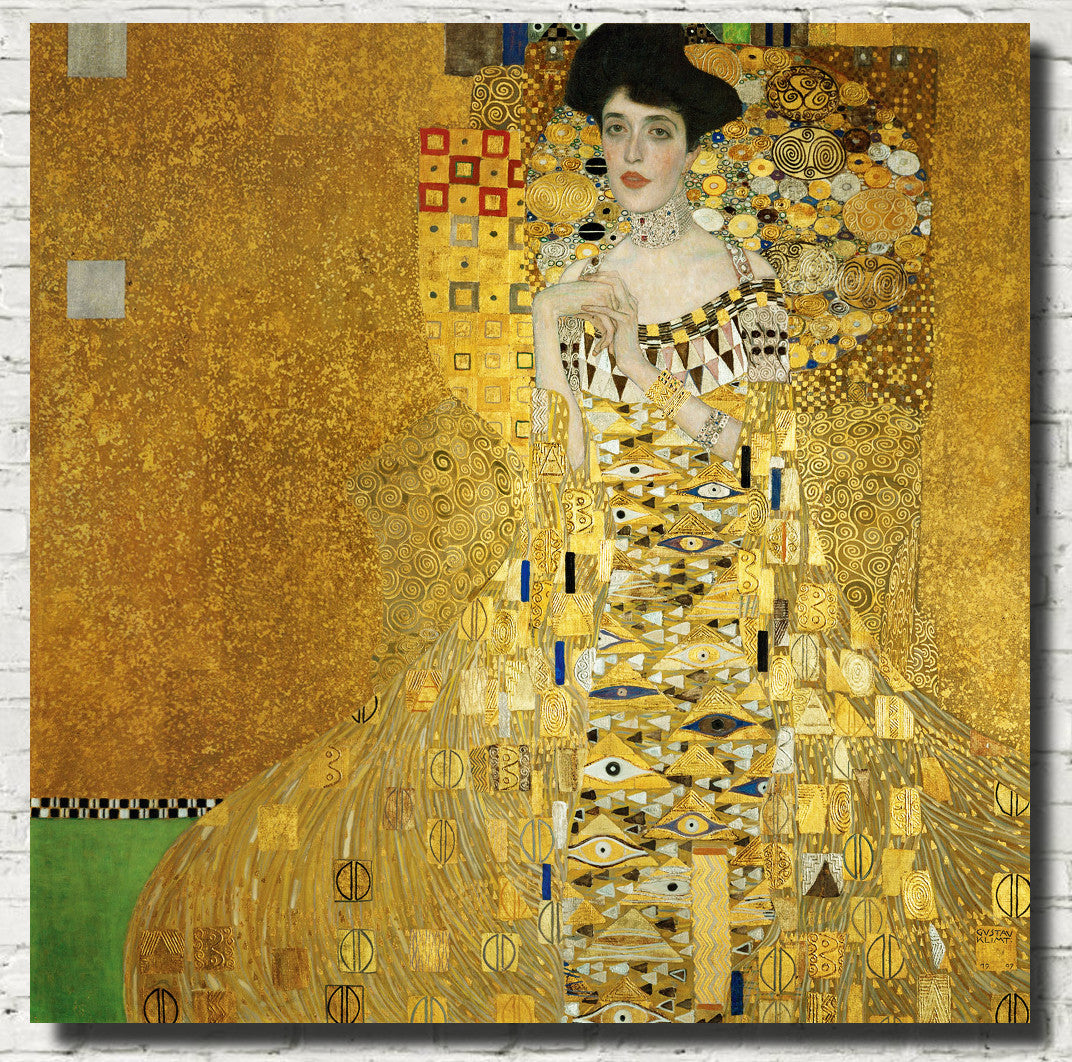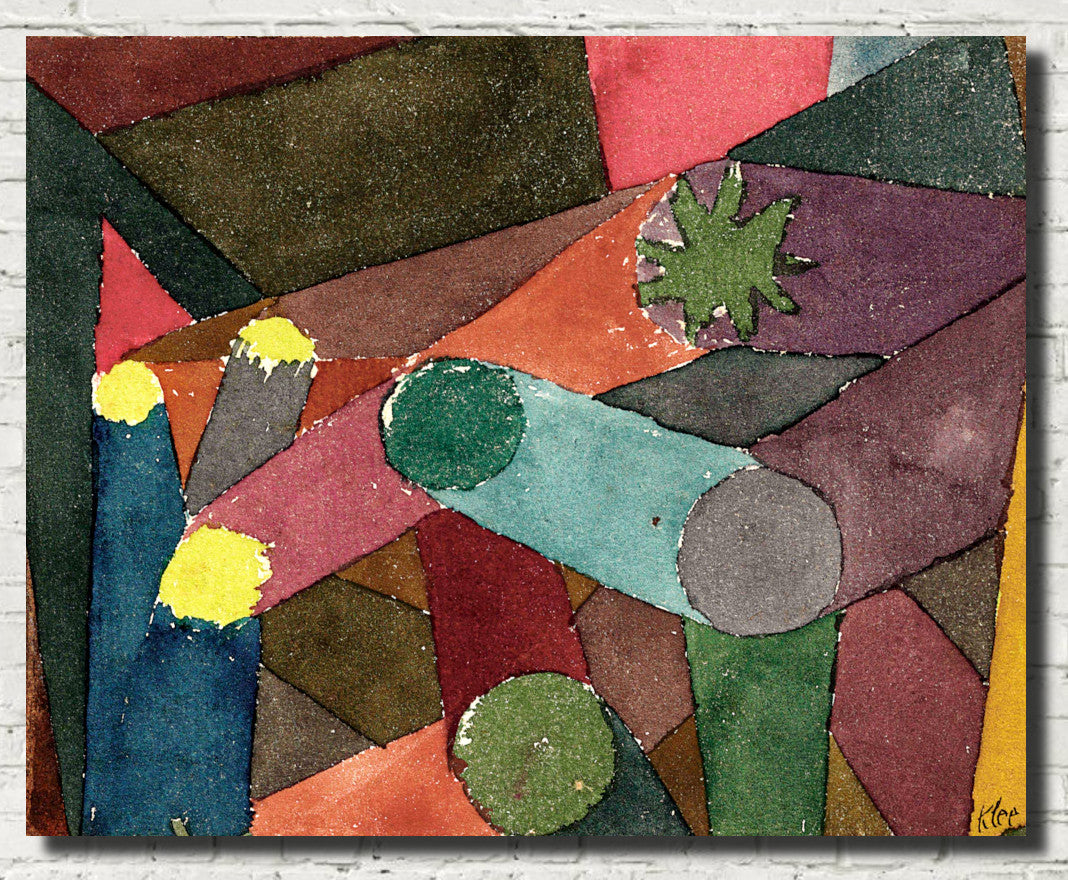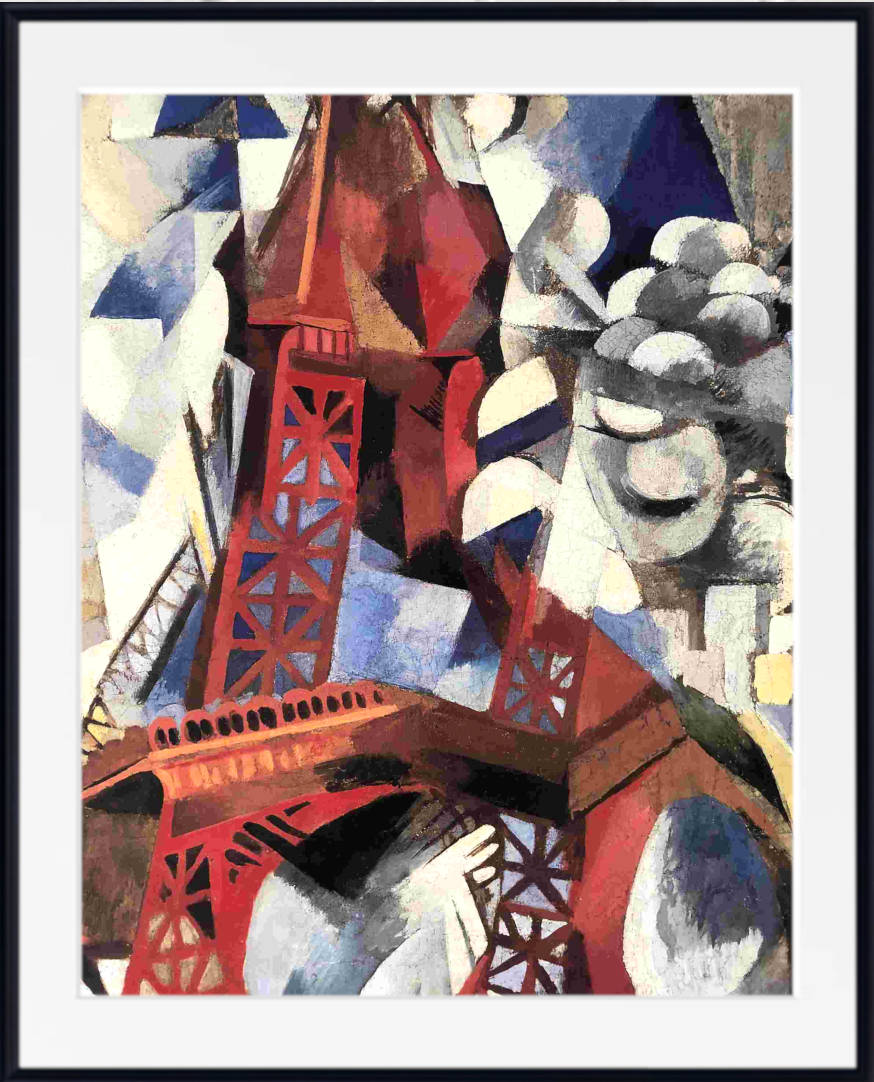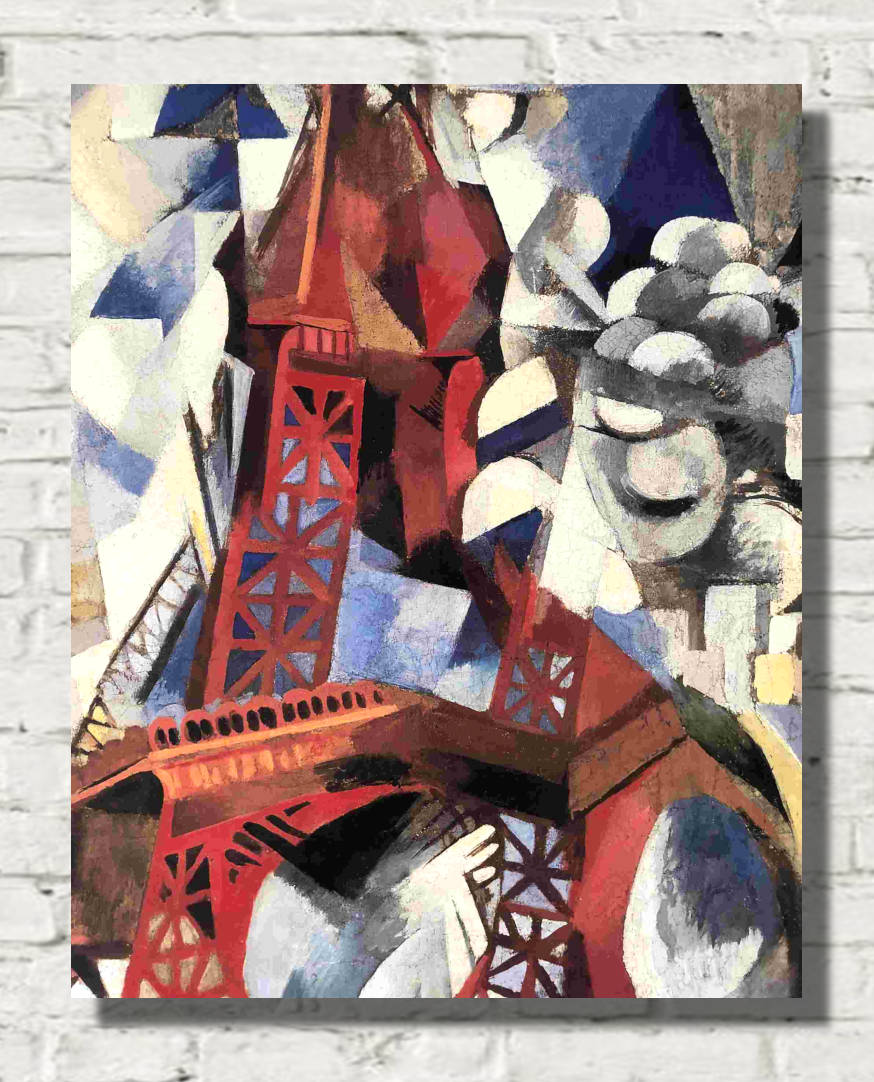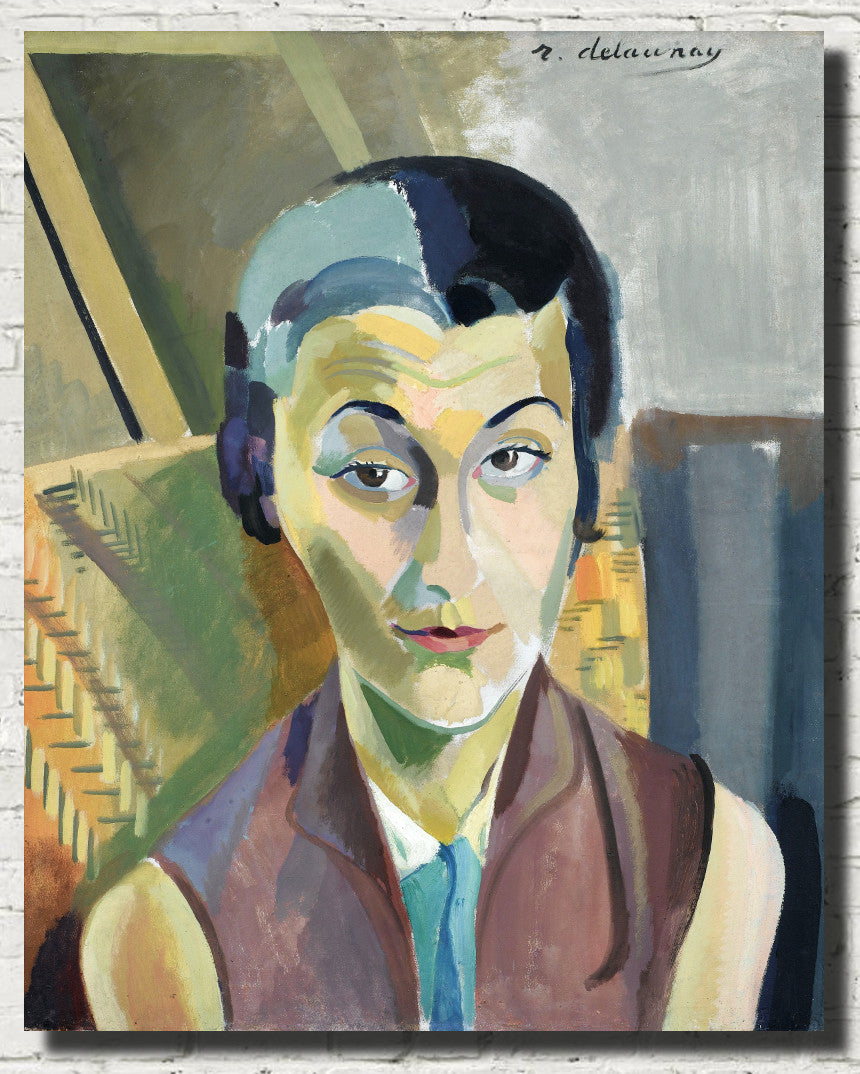Gustav Klimt, Cottage garden with sunflowers (1907)
Gustav Klimt, Cottage garden with sunflowers (1907)
Klimt makes radical use of the diagonal to connect the foreground and background.
Similar to Van Gogh’s paintings, which was repeatedly studied by Klimt, the foreground is given prominence and seen as particularly meaningful, its materiality emphasized and depicted precisely in luminous colors. The flowers are integrated in a well-considered manner, in the ingenious relationship of their refined coloration. In order to draw attention to – or amplify – their impact, a green meadow is counterpoised.
Klimt did not like traveling; it is a well known fact that he only ever left Austria with great reluctance – he would always be overcome by homesickness at the border and would immediately turned around, if he had had his way. His friends, and those who accompanied him on his travels, reported that, when on his way home, he became increasingly happy the closer he came to the border, and that he sang to himself “The wind is blowing briskly toward my homeland.”
Gustav Klimt (July 14, 1862 – February 6, 1918) was an Austrian symbolist painter and one of the most prominent members of the Vienna Secession movement. Klimt is noted for his paintings, murals, sketches, and other objet d’art. Klimt’s primary subject was the female body, and his works are marked by a frank eroticism. In addition to his figurative works, which include allegories and portraits, he painted landscapes. Among the artists of the Vienna Secession, Klimt was the most influenced by Japanese art and its methods.
All prints are made using archival art stocks and UV pigment inks to give up to 200 years life. Prints are sold unframed and unmounted.




